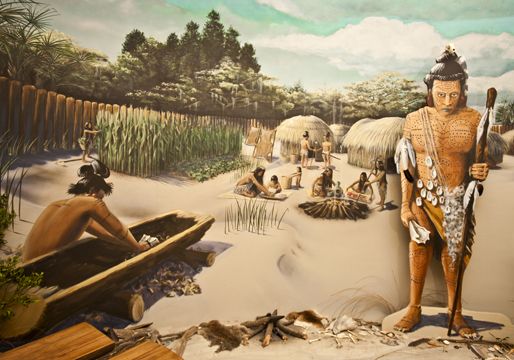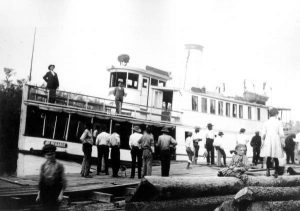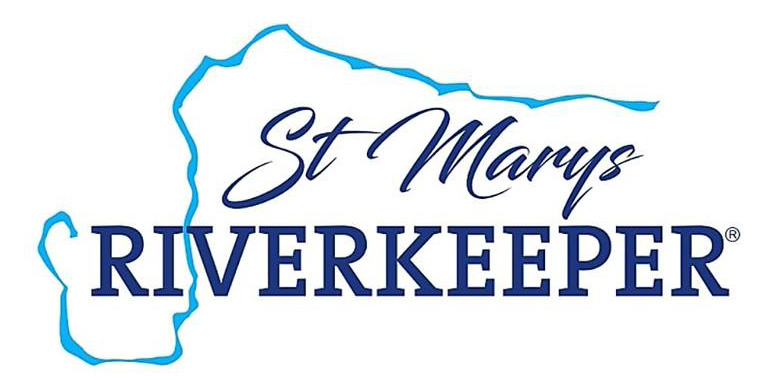Dugout canoes and steamers, too

The St. Marys River played a crucial role in the settlement of southeast Georgia and northeast Florida. The Timucuan tribe occupied the river basin at least 13,000 years ago. With its marsh, tidal, stream and estuary ecosystems, the basin provided the Timucuans with an ample source of food.
The natives’ name for the St. Mary’s River was “THLATHLOTHLAGUPHKA,” which means, “Rotten Fish.”
Jean Ribault, a French Huguenot naval officer and a colonizer of what is now Jacksonville, Florida and the larger area of the southeastern United States, is credited for discovering the river on May 1, 1562, and calling it the “Seine”. The present name originated from that of an early mission built near the river.

European explorers, soldiers, missionaries and colonists arrived in the area in the 16th century. During the 1600s and 1700s, Spanish and British explorers established settlements in the area. British occupation in the late 1700’s brought commerce to the region as crops of cotton, indigo and rice were introduced. Towering longleaf yellow pine was cut along the St. Marys River to mast the tall ships of the British Navy. In the early territorial days of Florida, schooners and sloops traveled the river and in the late 1800’s, steamers carried passengers, cargo and mail along the river, which had become an active shipping route for numerous lumber mills along its banks. This activity lasted until the early 1900’s, when the mills closed their doors due to a lack of accessible timber – leaving the river to settle back and develop into its present tranquil state. (Source St. Marys River.org)



